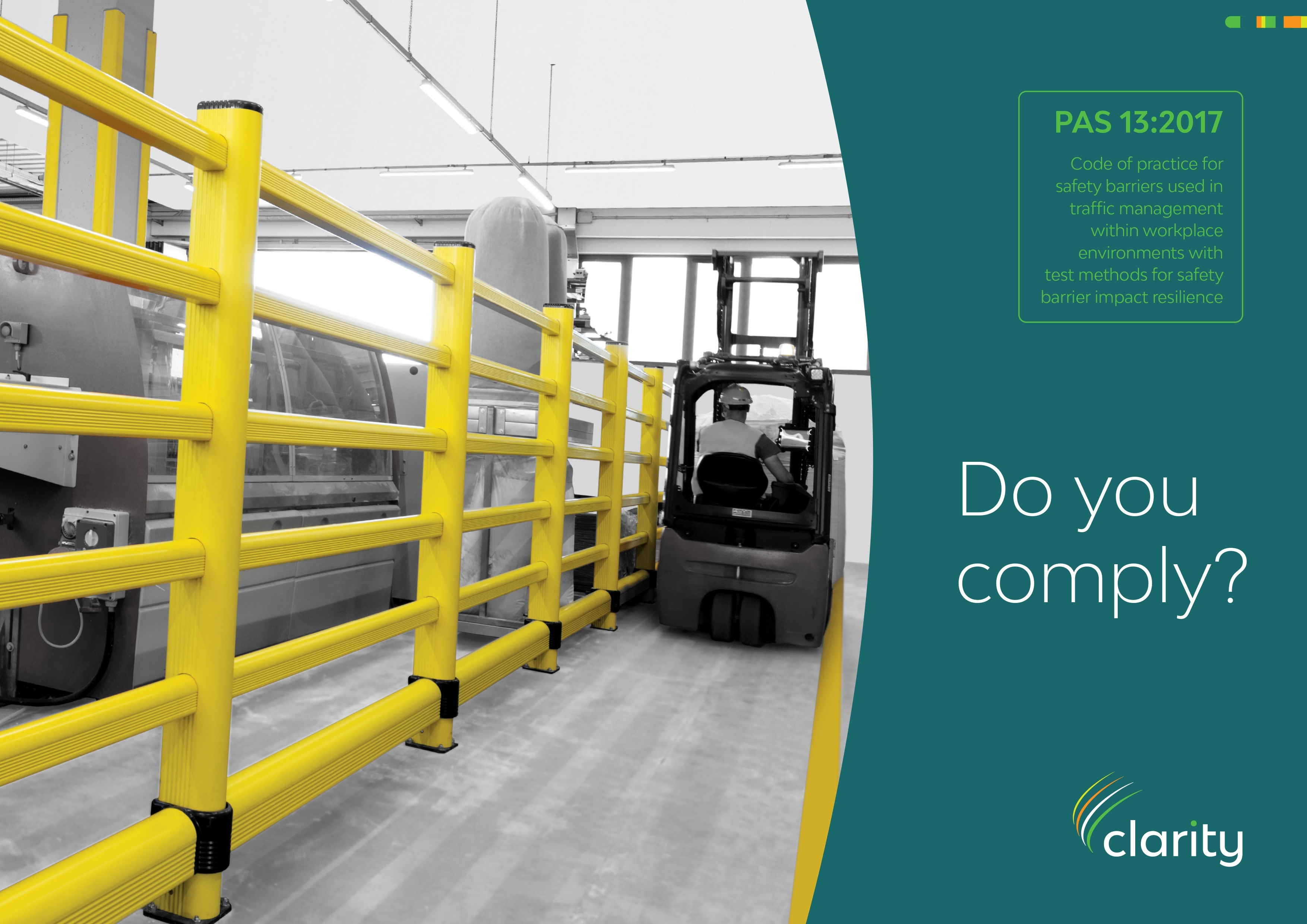Extensively Tested for Your Peace of Mind
Our polymer safety barriers undergo rigorous, certified testing so you can have complete confidence in their performance.
Pendulum Impact Testing
Pendulum testing is a dynamic impact test where a heavy weight is swung like a pendulum into the barrier. This simulates the sudden force of a vehicle collision in a repeatable way. Why a pendulum? It allows us to measure how well the barrier absorbs energy on impact, much like a car crash test dummy measures impact in a collision. The barrier must flex and absorb the blow without breaking, dissipating energy so that less force is transferred to the floor or vehicle.
In practice, a successful pendulum test means the barrier can withstand certain impact forces while minimising damage to vehicles and injury risk to individuals. For you, this translates to barriers that bend but don’t break; protecting your forklifts, your racking, and most importantly your people. Our pendulum tests follow industry guidelines (as outlined in PAS 13 and ISO/TR 11886) to ensure realistic collision scenarios are tested.
Ramp Collision & Horizontal Impact Testing
Ramp testing involves rolling a weighted vehicle or cart down a slope into the barrier, mimicking a forklift or pallet truck collision under real warehouse conditions. This test delivers a moving impact at a known speed, helping to verify how the barrier behaves when struck by an actual wheeled load.
The ramp collision test shows us how the barrier absorbs and deflects a moving vehicle impact. Does it stop the vehicle safely? Does it redirect it? How much does the barrier deflect? By answering these questions, we ensure our barriers perform in the real world, not just in theory. For you as a safety manager, the ramp test means our barriers have been proven against mobile impacts, so you can trust them to reduce damage and prevent accidents in high-traffic areas (such as forklift lanes, loading bays, etc.).
The horizontal impact test, often called the “sledge test”, is the ultimate head-on crash simulation for a barrier.
In this test, a heavy mass is propelled horizontally at the barrier (90° impact) using a powered sled or similar device. This delivers a direct hit akin to a forklift driving straight into the barrier at full speed. It’s a crucial test for worst-case scenario impacts.
Clarity’s barriers (made by our partners at MPM) are tested with horizontal impacts to verify they can handle the full force of an oncoming vehicle without failure. The barrier’s ability to withstand a head-on collision gives you confidence that even in a direct crash, it will protect critical infrastructure and personnel behind it.
In short: if a barrier passes the sledge test, it means you’re protected against even the most intense collisions your site is likely to see.
How do our barriers compare? Check it out for yourself.
Standards and Certifications: Going Beyond PAS 13:2017

